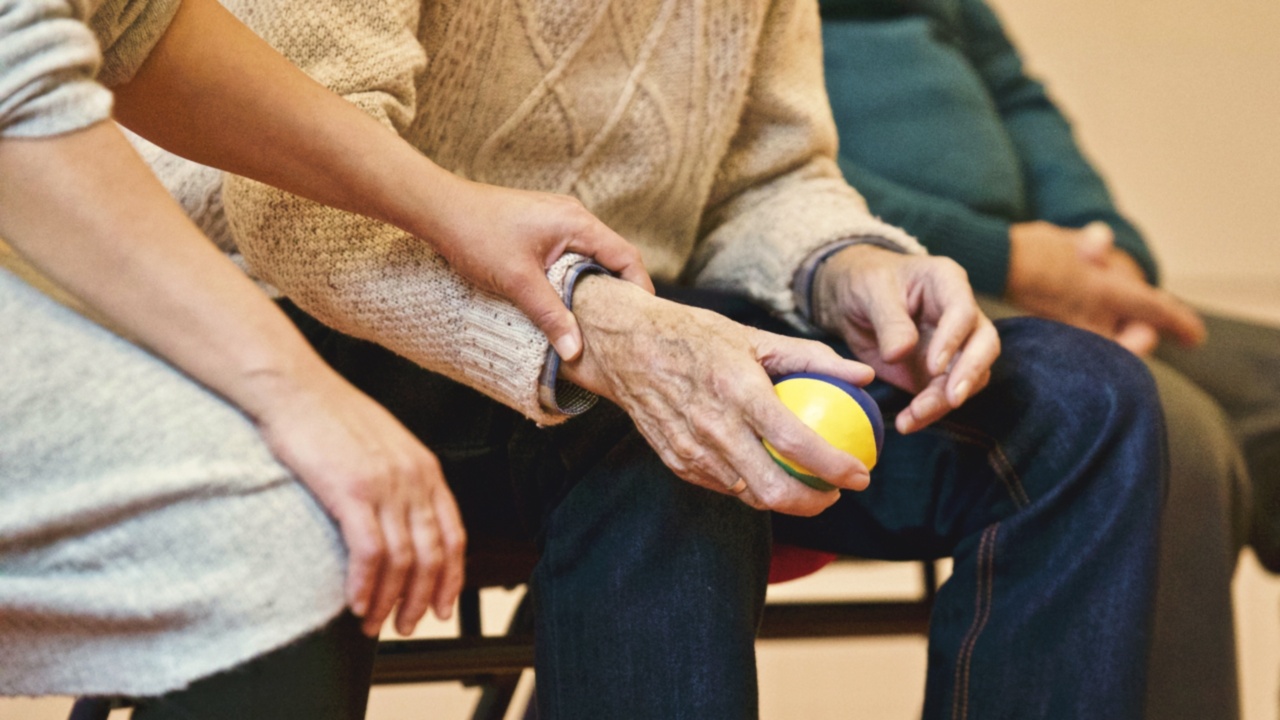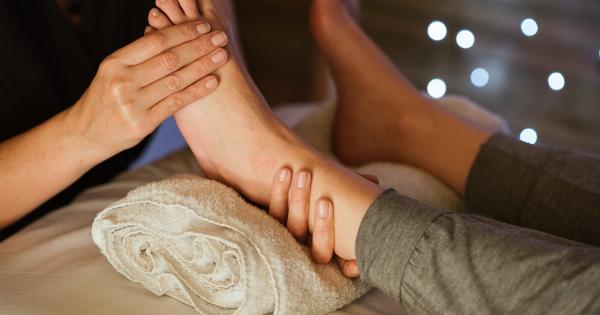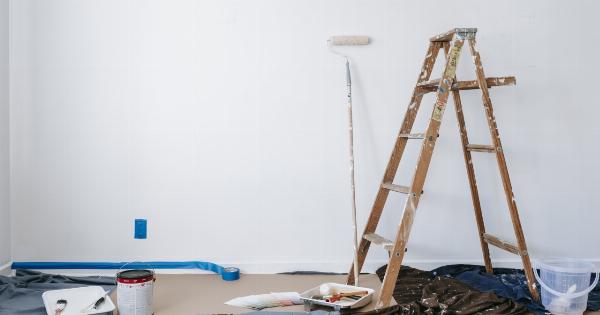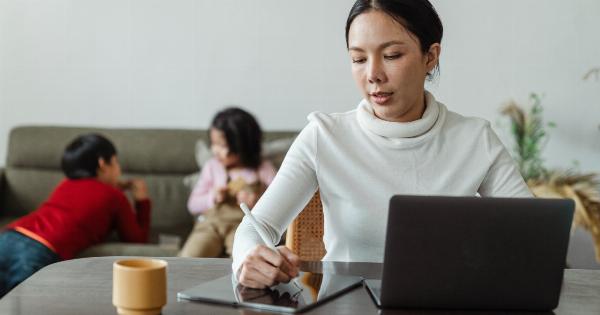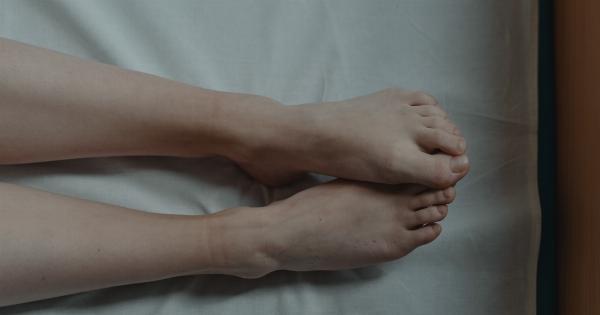Waist pain is a common complaint that can significantly impact a person’s quality of life.
Many individuals turn to over-the-counter analgesics, such as non-steroidal anti-inflammatory drugs (NSAIDs) or acetaminophen, to alleviate their discomfort. However, recent research suggests that these medications may not be as effective in treating waist pain as previously thought.
The Study Methodology
In a comprehensive study conducted by a team of researchers from multiple institutions, the effectiveness of analgesics in managing waist pain was evaluated.
The study involved a large sample size of individuals suffering from chronic waist pain and lasted for a period of six months.
The participants were divided into three groups: one group received NSAIDs, another group received acetaminophen, and a third group received a placebo.
The pain levels and functional improvement of each participant were assessed at regular intervals throughout the study.
The Findings
Contrary to expectations, the research revealed that both NSAIDs and acetaminophen did not provide significant pain relief compared to the placebo group.
While some participants reported minimal improvements, the overall difference was not statistically significant.
Furthermore, the study found that long-term use of analgesics for waist pain was associated with adverse side effects, including gastrointestinal complications and increased risk of cardiovascular events.
This raises concerns about the safety and efficacy of these medications for managing waist pain.
Alternative Treatments for Waist Pain
Given the limitations of analgesics in treating waist pain, individuals experiencing chronic or acute discomfort in the waist area are advised to explore alternative treatment options.
While each case is unique, here are some potential alternatives that may provide relief:.
1. Physical Therapy
Physical therapy focuses on improving strength, flexibility, and overall function of the body. A trained physical therapist can design a personalized exercise program targeting the specific muscles and structures contributing to waist pain.
Physical therapy may involve various techniques, such as stretching exercises, hot/cold therapy, and manual manipulation.
2. Exercise
Exercise, in general, is beneficial for pain management and overall well-being. Low-impact exercises like swimming, walking, or cycling can help strengthen the core muscles, supporting the waist area.
However, it is important to consult with a healthcare professional or a qualified trainer to determine the most suitable exercises for individual needs and abilities.
3. Acupuncture
Acupuncture is an ancient practice rooted in traditional Chinese medicine. It involves the insertion of thin needles into specific points on the body to stimulate energy flow and promote healing.
Some individuals with waist pain have reported relief after undergoing acupuncture sessions. Prioritize seeking a licensed and reputable acupuncturist for safe and effective treatment.
4. Massage Therapy
Massage therapy can help alleviate waist pain by reducing muscle tightness and promoting relaxation. Various massage techniques, such as Swedish massage or deep tissue massage, can target the affected areas and provide relief.
It is essential to find a qualified massage therapist with experience in treating waist pain.
5. Heat and Cold Therapy
Applying heat or cold to the affected area can help reduce inflammation and alleviate pain. Heat therapy, such as using a heating pad or taking warm baths, can relax muscles and improve blood circulation.
Cold therapy, on the other hand, can numb the area and reduce swelling. Experimentation with both methods can help determine which works best for individual pain relief.
6. Mind-Body Techniques
Stress and psychological factors can contribute to waist pain. Mind-body techniques, such as yoga, meditation, or mindfulness practices, can help manage stress and promote relaxation.
These techniques can complement other treatments and provide holistic relief.
7. Herbal Remedies
Some herbal remedies, such as turmeric, ginger, or devil’s claw, have been traditionally used for pain relief and possess anti-inflammatory properties.
However, it is crucial to consult with a healthcare provider before incorporating any herbal supplements into the treatment plan, as they may interact with existing medications or have contraindications.
8. Posture Correction
Poor posture can exert unnecessary stress on the waist area, leading to pain. Correcting posture and maintaining proper alignment through exercises and ergonomic adjustments can reduce strain on the muscles and structures supporting the waist.
9. Weight Management
Excess weight can contribute to waist pain by placing additional strain on the body. Maintaining a healthy weight through a balanced diet and regular exercise can help alleviate stress on the waist area and reduce pain.
10. Consultation with a Healthcare Provider
If waist pain persists or worsens despite attempts at self-care and alternative treatments, it is recommended to seek medical advice.
A healthcare provider can assess the underlying causes and recommend appropriate interventions or referrals to specialists if necessary.
Conclusion
Research reveals that analgesics, such as NSAIDs and acetaminophen, may not be effective in managing waist pain.
Therefore, individuals experiencing waist pain should consider alternative treatment options like physical therapy, exercise, acupuncture, massage therapy, heat and cold therapy, mind-body techniques, herbal remedies, posture correction, weight management, and consultation with a healthcare provider. These alternatives offer potential relief and a more holistic approach to managing waist pain, without the potential risks associated with long-term analgesic use.
